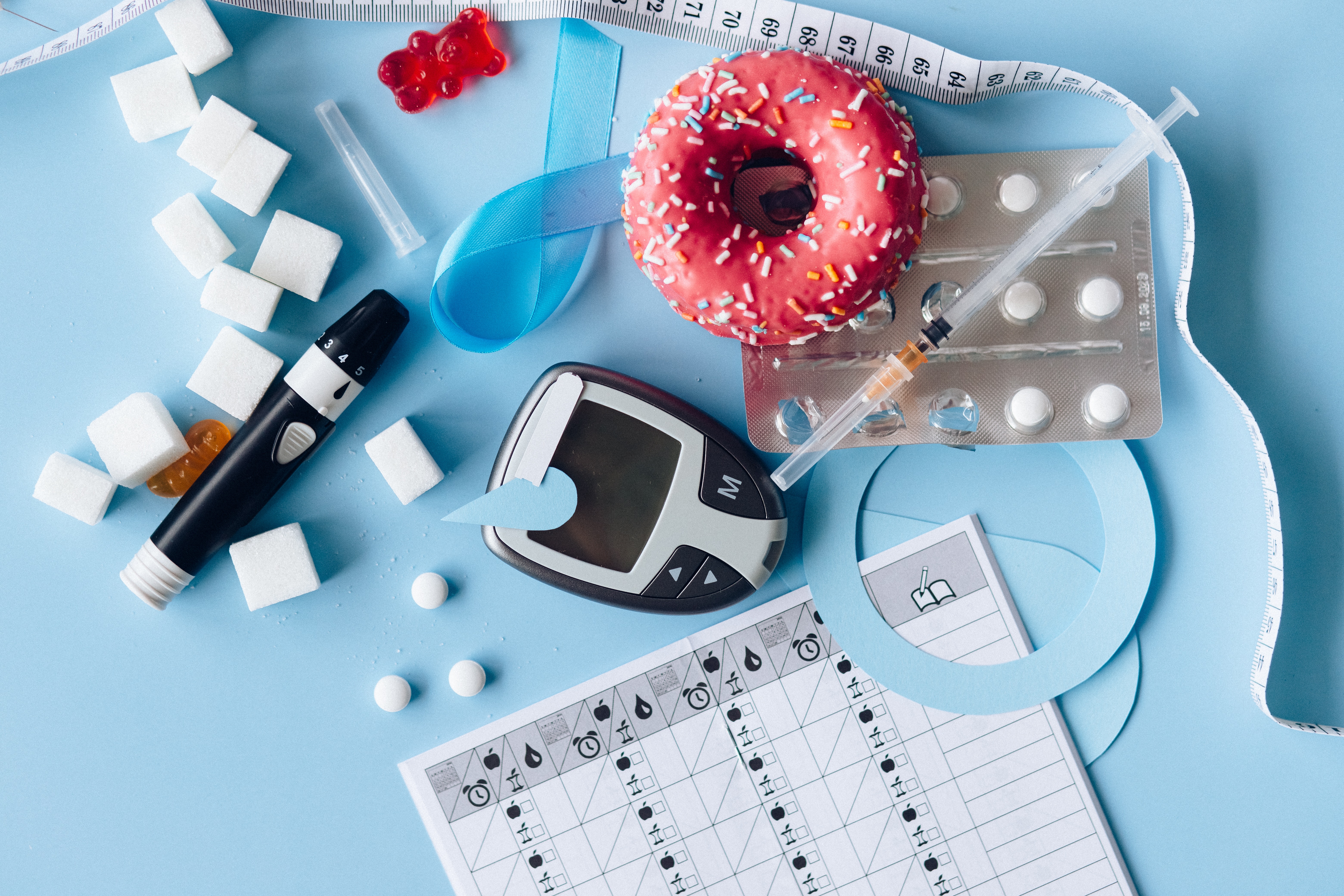Oral health and diabetes – a two way street
C3 partnered with the Burdett Trust for Nursing to reduce the prevalence of type 2 Diabetes by engaging and training nurses on the bi-directional relationship between type 2 diabetes and oral health. Exploring barriers and ways to better enable to nurses address type 2 diabetes and poor oral health. This blog explains the bi-directional relationship between the two. You can learn more about the project here.
Sugar: Diabetes and tooth and gum decay
The World Health Organization has reported that the number of people diagnosed with diabetes has more than tripled since the 1980s. It is estimated that upwards of 530 million people are currently living with diabetes; a disease characterized by an abnormally high fasting blood glucose level (>125 mg/dL). By comparison the average healthy person’s blood glucose level is between 70-100 mg/dL when fasting. If someone is between 100-125 mg/dL, they are considered to pre-diabetic.
So, why is diabetes present in some people but not others? This is due to the protein insulin, which is produced in the pancreas. Insulin is secreted when glucose (sugar) is detected in the bloodstream. It helps transport the sugar from the blood to the cells to be used for energy. However, when there is too much sugar in the bloodstream, the pancreas starts to pump out more and more insulin in order to remedy the high sugar levels. Overtime, cells stop responding to insulin, also known as insulin resistance, because there is too much sugar for the pancreas to handle. This is why insulin has to be injected post-meals or blood sugar levels remain high.
What has this got to do with oral health?
When there is a high sugar level in our blood, there is also a high sugar level in our saliva. This presents a problem for oral health because bacteria that coats our teeth (“plaque”) use sugar as their food. The more sugar there is in your mouth, the more plaque there will be. When plaque build-up reaches a certain level, it can lead to gingivitis and periodontitis (a severe gum disease that will break down soft tissue and destroy bones that support teeth).
Diabetes is a disease that is increasingly common, but not one that is often associated with oral disease. The risk of developing periodontitis is 2-3x greater in someone who has diabetes. This is due to the high blood sugar level cause by diabetes which plaque use as food.
The Bidirectional Relationship
Unfortunately, the link between oral disease and diabetes is bidirectional. This means that the presence of oral disease can also contribute to worsening diabetic symptoms. The inflammation that occurs from diseases like periodontitis is known to increase the body’s immune response which can lead to insulin resistance. The inflammation that comes with periodontitis sends immune cells to the bloodstream where insulin lives. This then creates impaired insulin signalling and increased insulin resistance (cannot regulate blood sugar as optimally).
Oral hygiene and diet habits
So, how can we ensure that we reduce our risk for either disease so that the other also may not occur?
- By maintaining a healthy diet, eating foods high in vitamins and fibres such as vegetables and fruit.
- Trying to limit sugar intake to meal times only.
- Keeping physically active.
- Drinking water instead of high sugar and fizzy drinks.
These actions can significantly reduce the risk of developing the onset of Type 2 Diabetes.
- Following Public Health England’s advise on proper dental hygiene (brushing twice a day with a fluoridated toothpaste and flossing daily). Reducing the risk of cavities/tooth decay or chronic gum inflammation.
Learn about how C3 is addressing oral health globally!

